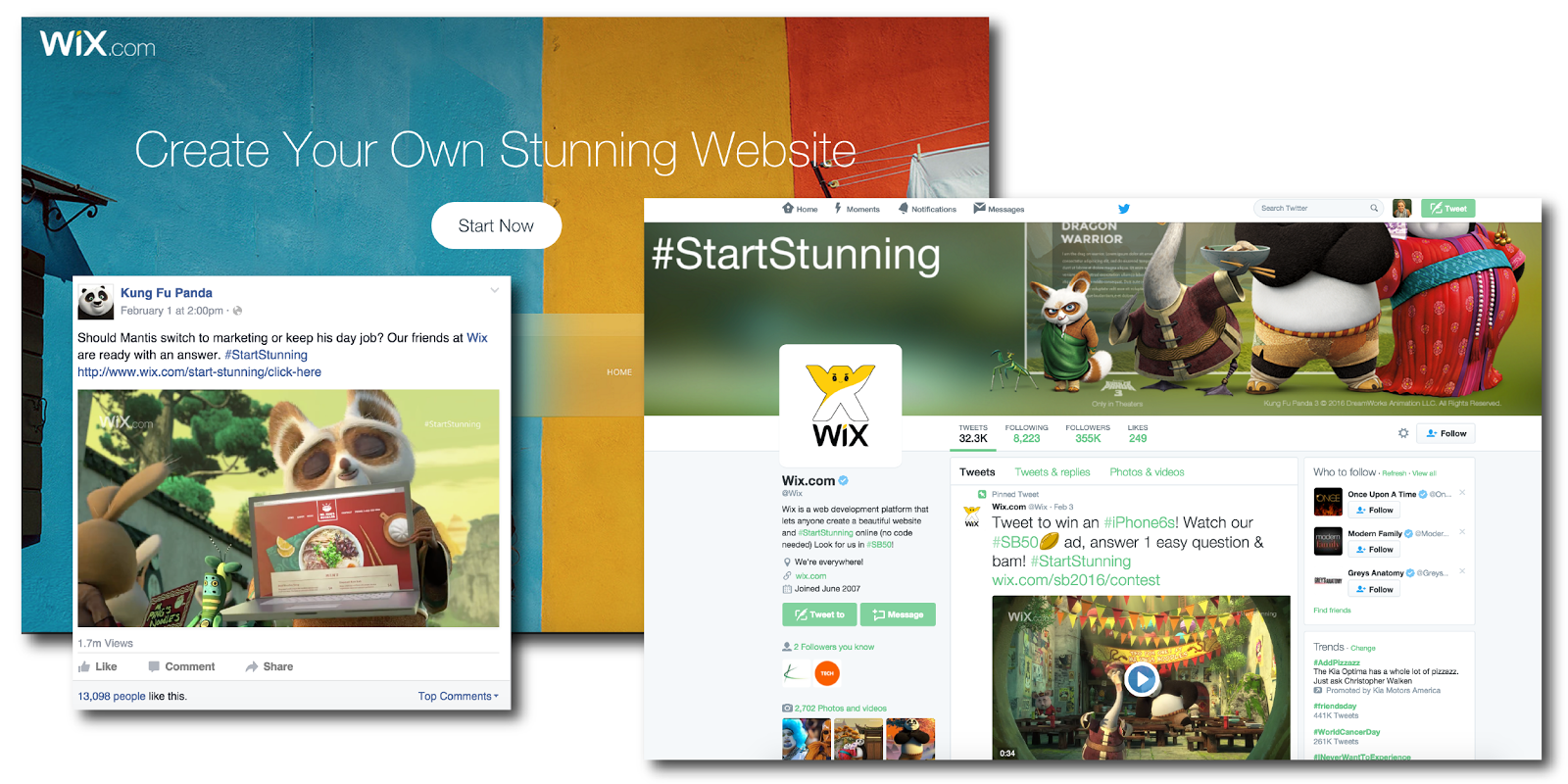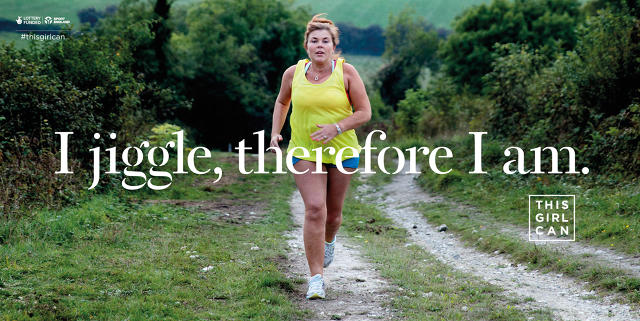
Get your FREE 30-day trial.
Please complete all fields.
Advertisers, Get Your Head in the Game
Consumers are everywhere, and so are sports fans. Last month, tennis fans everywhere relied on catching the Australia Open from the comfort of their own couch, watching on their TV and on their Twitter feed in unison to both watch and get opinion from all over the world of the match. Last weekend, you better believe those high-paying ticket holders at the NFL Super Bowl posted pictures on Instagram from the event itself, as proof of attendance at the biggest event in American football. Next month will bring the mass of dedicated “office” fans, who will depend on real-time updates from Twitter, watching the game live-stream on their laptop so as not to miss a beat of the NCAA’s March Madness. Finally, this summer, avid British Open fans will follow their favorite players around the course while checking their mobile devices for hole-by-hole score updates.
All of these fans, no matter their sport or viewing channel, have one thing in common: by accessing multiple channels to keep up with their favorite sporting events, they are exposed to cross-channel advertising. Gone are the days when fans had two options for catching a game: attending in-person or attending through television. Today’s consumers are always on the go and more connected than ever before. So, advertisers everywhere, it’s game time!
Game day is no longer constrained to inside the stadium, track, course, or court. Fans are no longer limited to watching the game at home on TV if they don’t have tickets to the actual event. From the start of the 2015 Super Bowl to 30 minutes after the game ended, there were 43.4 million tweets about the game. In addition, 56 million people communicated about the game on Facebook, generating? 265 million posts about the game. In a recent study conducted by Salesforce, 73% of Super Bowl 50 fans said they planned to use at least two devices during the game this year, be it TV, smartphones, tablets, game consoles or computers. Not to mention, game day just became even more accessible after the announcement of Facebook’s Sports Stadium, which offers users an all access pass to game day.

As a result of the emergence and popularity of networks like Twitter and Facebook, more and more fans are using multiple devices to check stats, sports news, or live coverage. Today, stadiums like Liverpool’s Anfield and this year’s home of the Super Bowl, Levi’s Stadium, offer fans Wi-Fi, allowing not only more interactions at live events but more commercial activity too. This means fans are now able to upgrade their seats, buy tickets to the next game, or buy branded material seen on the big screen during the event, right from their seats at the venue.
This does not mean that TV isn’t still a major channel for reaching consumers. It is. However, this shift means that by utilizing TV and digital channels both, advertisers have a better chance of clinching valuable connections with consumers. In fact, Twitter has done several studies with Nielsen that show that people who engage with Twitter while watching TV pay more attention to the ads on TV, have both a 157% higher brand favorability (7% versus 18%) as well as 88% higher intent to purchase (16 to 30%). This indicates that, as Nielsen stated, “Agencies and advertisers can look to Twitter TV metrics as a part of the media planning and buying process to identify shows with engaged audiences and, by extension, identify opportunities to increase ad memorability and sales outcomes.” Facebook conducted a similar study, concluding that viewers primed with a mobile Facebook advertisement on Day 1 were more likely to make a purchase decision after seeing a corresponding TV ad on Day 2.
Given all of this information, it’s no surprise that multichannel customers spend three to four times more than single-channel consumers. So, as an advertiser, why wouldn’t you take advantage of extending your campaigns across multiple channels in an effort to reach your customers whenever and wherever they find themselves cheering on their team?
1. Be consistent across channels in your messaging: With the addition of multiple channels to engage with a customer, ad messages should remain consistent. Wix.com, Tel Aviv-based web development platform, launched its second Super Bowl campaign during this year’s Super Bowl 50. The message was simple: the first step to a successful business is to create a stunning website. Wix teamed up with DreamWorks’ upcoming film, Kung Fu Panda 3, to show the power of a stunning website for a character in the film. A teaser clip of the video was released on digital media prior to the game, followed by a television commercial during the Super Bowl. The brand’s website homepage also featured the campaign tagline. Finally, to accompany the digital and television campaign was the hashtag #StartStunning, complementing the campaign’s overall message, that a stunning website was the first and most crucial step to any successful business.

2. Optimize your creative to the strength of the channels: During the 2014 World Cup, Nike reached over six billion impressions from its #RiskEverything campaign. The secret to the campaign’s success was the strategic role each channel played as a part of the great campaign. The campaign consisted of short 15-second videos on Nike’s social media accounts, which gave a sneak-peak of the longer digital video content available on Youtube, which were broadcast in full on television. Nike brought the campaign together by including questions in each video for fans to answer on social media.
3. Know what your customer looks like: The same messaging and channels that appeal to, let’s say, millennial females, will likely contrast to the messaging and channels that appeal to male senior citizens. Sport England nailed it in their 2015 campaign, “This Girl Can.” The England-based brand wasn’t aiming to reach already-active athletes instead, it wanted to encourage more women to get involved in sports and achieve a fit lifestyle. A set of video ads featured everyday women participating in swimming, volleyball, and boxing, as opposed to the typical athletic profile looking women set in perfectly posed scenes. The tagline “I jiggle, therefore I am” which appeared in the video, proved that any woman can get up and get out. The video content secured over 8 million views, and tweets including the hashtag, #ThisGirlCan, reached into the millions. The success of Sport England’s campaign stemmed largely from a deep understanding of who their target audience was and how the brand’s message could be spread using the various channels at their disposal.
